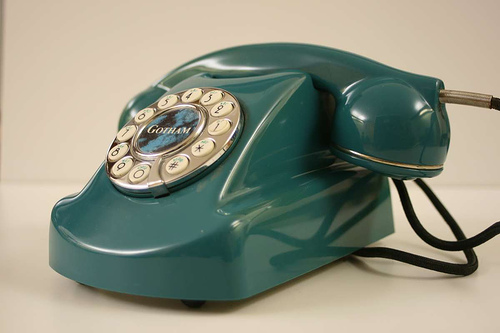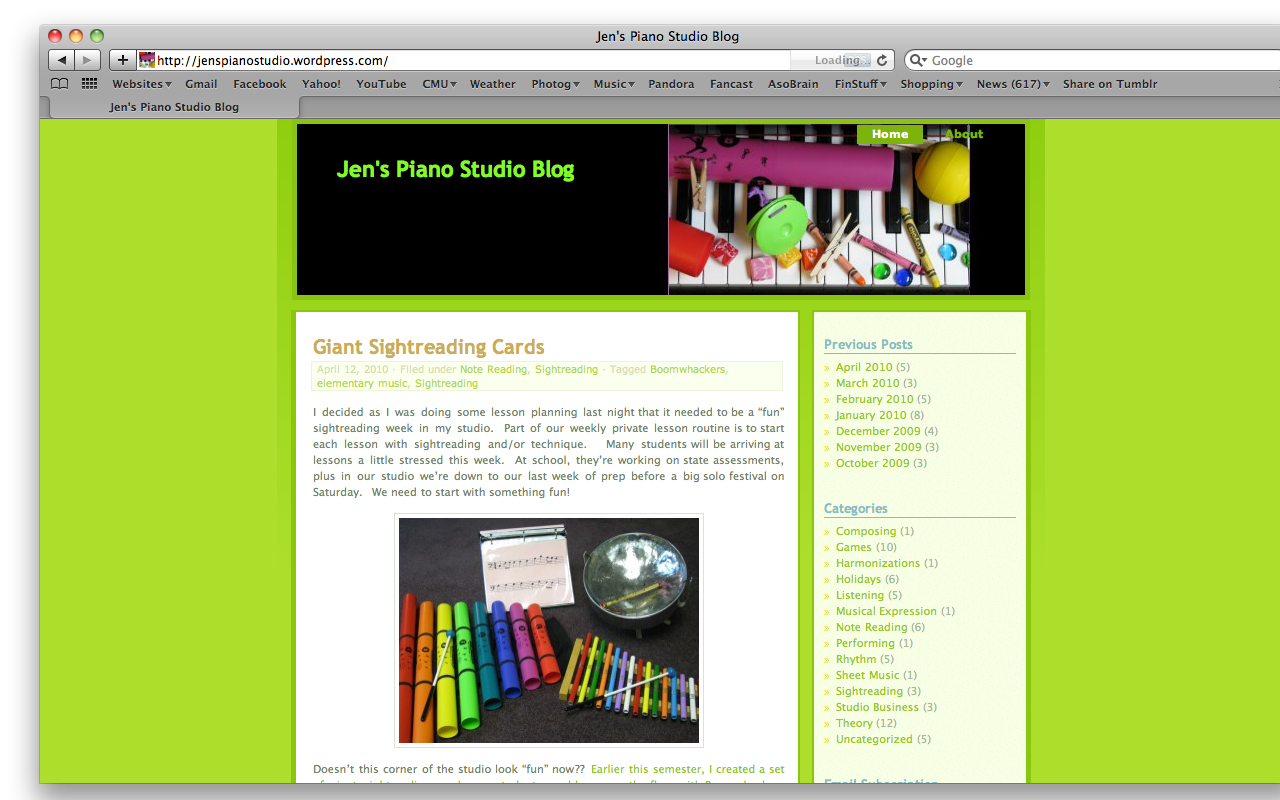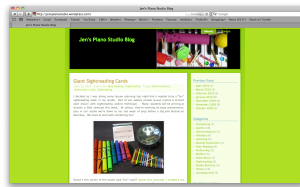 When you get a phone call from an parent of a potential student asking about studio information, should you inform potential students of your rates first, or should you tell them about your studio first?
When you get a phone call from an parent of a potential student asking about studio information, should you inform potential students of your rates first, or should you tell them about your studio first?
I know a fellow teacher who does not answer the “rates question” – even when specially asked about it – until the end of the phone call, after she has told them about everything her studio offers. She chooses to emphasize the quality of the music education she offers in her studio before informing the parent of the rates. Not a bad idea!
Other teachers are very upfront and prefer to tell parents their rates first thing. There is no harm in either method. Personally, I am somewhere in the middle. Unless specifically asked, I save the rates information until the end. Regardless of where you stand, it’s a good idea to plan in advance how you are going to deal with the “rates question” when the potential student calls.
How do you like to handle the “rates question”?
Photo credit: http://www.flickr.com/photos/publicdomainphotos/ / CC BY 2.0




 A few months ago, I received a call from a parent who was looking for lessons for her two daughters. She was a little reluctant to commit to lessons because of a past experience with another teacher: the teacher was an excellent performer, but unfortunately not as great of a teacher. I chatted with her for a few minutes and I told her about my studio and my teaching experience. Then I offered to give her a trial lesson for free, so she could see for herself what my teaching style is like. She agreed to this, and afterwards, was happy to commit to lessons. We’ve been continuing ever since.
A few months ago, I received a call from a parent who was looking for lessons for her two daughters. She was a little reluctant to commit to lessons because of a past experience with another teacher: the teacher was an excellent performer, but unfortunately not as great of a teacher. I chatted with her for a few minutes and I told her about my studio and my teaching experience. Then I offered to give her a trial lesson for free, so she could see for herself what my teaching style is like. She agreed to this, and afterwards, was happy to commit to lessons. We’ve been continuing ever since.






 Today, I thought I’d share a little bit about my experiences as a blogger. I don’t claim to be an expert by any means, but I would like to share what I have learned over the past year!
Today, I thought I’d share a little bit about my experiences as a blogger. I don’t claim to be an expert by any means, but I would like to share what I have learned over the past year!
 In answer to a question a received last week, I thought I’d talk a little bit more about teaching 2 against 3, as I had mentioned in a
In answer to a question a received last week, I thought I’d talk a little bit more about teaching 2 against 3, as I had mentioned in a 
 After browsing through the colorinmypiano.com archives and — alas! — it seems that we’ve missed our own anniversary!
After browsing through the colorinmypiano.com archives and — alas! — it seems that we’ve missed our own anniversary!
 One of the reasons I’ve been
One of the reasons I’ve been 
